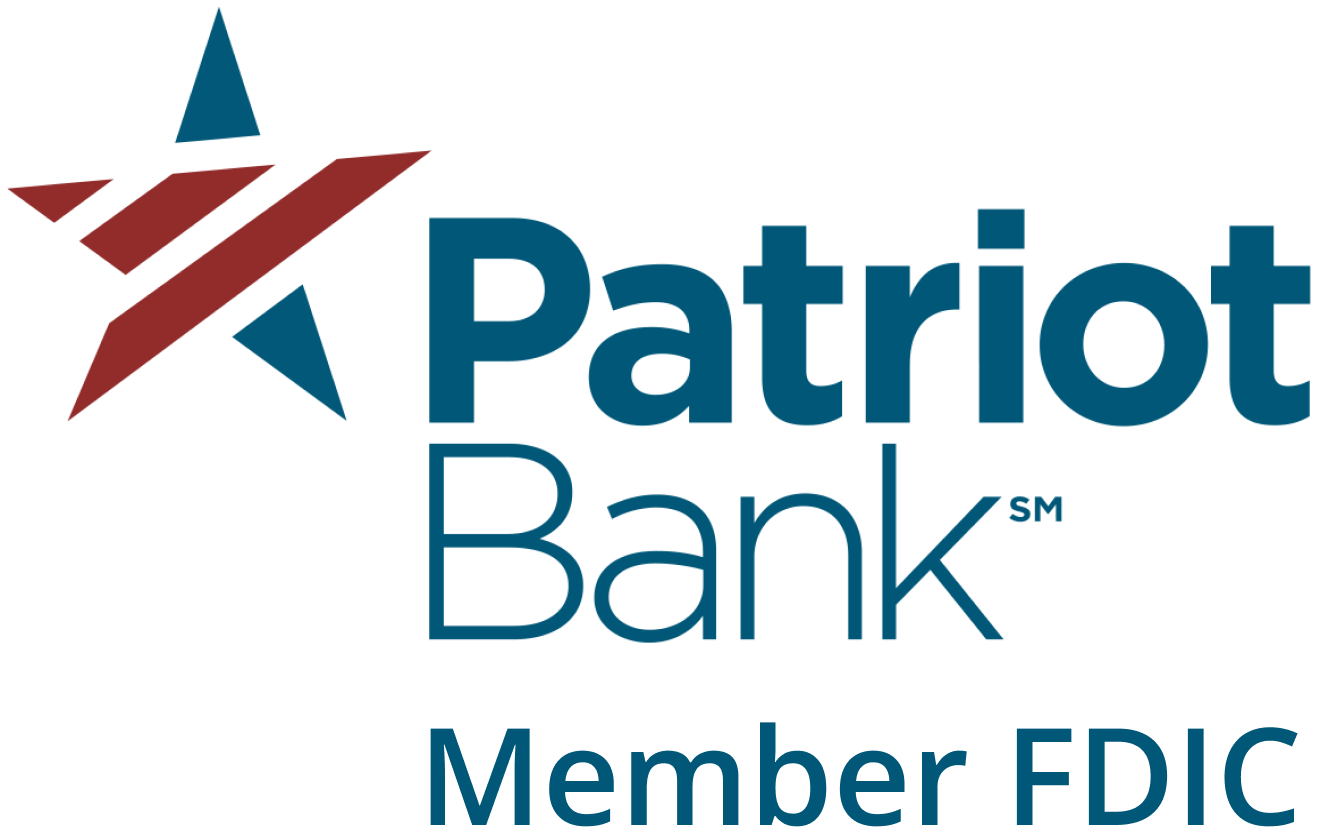What does tax-deferred mean?
Understanding how tax-deferred accounts work, their benefits, and when they may fit into your long-term savings strategy.
Home > Retirement > What Does Tax-Deferred Mean?
What is tax-deferred: Tax-deferred accounts let your investments grow without annual taxes, with taxes owed only when you withdraw funds.
Tax-deferred accounts and long-term savings: These accounts can reduce your current taxable income and take advantage of compounding for long-term growth.
Choosing the right tax-deferred account: Understanding rules like contribution limits, early withdrawal penalties, and required minimum distributions (RMDs) should be considered before choosing an account.
Defining tax-deferred
When it comes to investing and retirement planning, tax considerations may play a role in your investment strategy. You might have heard of tax-deferred retirement accounts or investments, but what does tax-deferred actually mean?
Tax-deferred means investment earnings in certain types of accounts, such as qualified retirement accounts, grow without annual taxation and income tax is due only when you withdraw earnings, typically in retirement. Essentially, these investments are not taxed until a later date.
Understanding how tax-deferred accounts work
Tax-deferred accounts allow you to postpone paying income taxes on contributions and investment earnings until you withdraw the money (which is typically during retirement). Depending on the retirement account, contributions are usually pre-tax or tax-deductible now, meaning contributions lower your taxable income in the current year, so you can get an immediate tax deduction. This way your money can grow faster through compounding, since it won’t be reduced by yearly taxes, but you will have to pay taxes once you start making withdrawals.
Here is a breakdown of how tax-deferred accounts work:
You make tax-deferred contributions: You make pre-tax contributions to your account, which helps lower your taxable income for that year. This is typically common in employer-sponsored plans, IRAs, and some annuities.
Your account grows tax-free: The money in your account gets invested and grows without being taxed annually. This means you won’t have to pay taxes on earned interest, dividends, and capital gains while your account grows.
You make taxable withdrawals: Once you start withdrawing your funds (usually in retirement), the money is taxed as normal income. The amount of taxes you pay will depend on your tax bracket at the time of withdrawal. This can be useful for retirement planning, as you might be in a lower tax bracket by then, or for long-term savings goals.
Examples of tax-deferred accounts
There are several types of retirement and investment accounts offering tax-deferred benefits, each with their own perks and eligibility criteria. Here are some examples of tax-deferred accounts:
Traditional IRAs
A traditional IRA is a tax-advantaged retirement savings plan where contributions may be tax-deductible and investments grow tax-deferred. Tax-deductible contributions can help lower your tax bill now, and tax-deferred growth allows your investments to compound more effectively in the long run.
Contribution limits: 2025 IRA contribution limits are $7,000 if you are under 50 or $8,000 if you are 50 or older.¹
Early withdrawal penalties: Withdrawing your funds before age 59½ may result in a 10% penalty, but exceptions may apply.2
Required minimum distributions: Required minimum distributions (RMDs) start at age 73.3 This means that beginning at age 73, the IRS requires IRA and 401(k) holders to withdraw a minimum amount each year from their retirement accounts. Distributions are taxed as normal income.
- Deductibility phase out: Deductibility may phase out if you or a spouse are covered by a workplace plan.
Traditional 401(k)s and 403(b)s
Traditional 401(k) and 403(b) plans are employer-sponsored retirement plans where contributions are automatically deducted from your payment pre-tax. This helps reduce your taxable income and allows your money to grow tax-deferred until you withdraw it.
Contribution limits: The 2025 401(k) and 403(b) contribution limit is $23,500 for employees under 50, with an additional catch-up contribution of $7,500 for those age 50 and older, or $11,250 for those aged 60 to 63.4 Employers may also make contributions that do not count toward the employee limit but do count toward the overall plan cap ($69,000 in 2025).
Early withdrawal penalties: Similarly to IRAs, a 10% penalty may apply to early withdrawals, but with certain exceptions.
- Required minimum distributions: RMDs also begin at age 73.
Health Savings Accounts (HSAs)
Health Savings Accounts (HSAs) are tax-advantaged savings accounts for those enrolled in a qualifying high-deductible health plan (HDHP). They allow you to contribute pre-tax dollars to help pay for qualified medical, dental, or vision expenses. These accounts are unique as they provide a triple-tax advantage, meaning HSA contributions are pre-tax or tax-deductible, reducing your taxable income. They then grow tax-deferred and qualified withdrawals are tax-free.
Annuities
An annuity is a contract between you and an insurance company where you make payments that you will receive in the future, usually as retirement income. Tax-deferred annuities allow your money to grow without having to pay taxes until you start taking distributions. For non-qualified annuities funded with after-tax money, only the earnings portion of each withdrawal is taxable as the principal was previously taxed. This can help you further grow your retirement savings, but you may also face penalties if you make early withdrawals.
Benefits of tax-deferred accounts
Understanding what tax-deferred account options are available is important to help you minimize taxes and maximize the growth of your retirement savings. Making tax-deferred contributions can present a multitude of benefits, including:
Reducing your taxable income in the current year: Contributions made to tax-deferred accounts are made with pre-tax dollars, which can help reduce your current taxable income or possibly move you to a lower tax bracket for that year.
Compounding interest: Since tax-deferred accounts allow you to invest funds before paying taxes on them, you are allowing more of your funds to take advantage of compounding interest, which can help further grow your investment over time.
Possible lower tax bracket upon withdrawal: You might be in a lower tax bracket in retirement (compared to your peak working years), meaning your withdrawals may be taxed at the lower rate of your new tax bracket. This can help reduce your overall tax burden during retirement.
Encourages long-term saving habits: Many tax-deferred accounts impose penalties on early withdrawals, encouraging you to leave your savings untouched. Leaving your money untouched can help further grow your funds available in retirement.
If you are looking for a little more flexibility or liquidity but still want to be incentivized to save, Raisin is here to help. The Raisin marketplace gives you access to a variety of high-yield savings products with competitive interest rates to help boost your savings potential. If you want to grow your money but need to have occasional access to your funds and don’t want to worry about paying a penalty, a high-yield savings account or no-penalty certificate of deposit (CD) might be an alternative to consider. While interest earnings are taxable, you can still benefit from having more flexibility. Explore account types, compare interest rates, and sign up to start multiplying your savings today!
$
Bank
Product
APY
New Raisin Users: 60-Day Rate Lock
New Raisin Users: 60-Day Rate Lock

mph.bank, a division of Liberty Savings Bank, F.S.B., Member FDIC
High-Yield Savings Account
4.01%
$2,005.00
Raisin is not an FDIC-insured bank or NCUA-insured credit union and does not hold any customer funds. FDIC deposit insurance covers the failure of an insured bank and NCUA deposit insurance coverage covers the failure of an insured credit union.
Things to consider before using tax-deferred accounts
If you want to make the most of your tax-deferred contributions, it’s important to understand the rules and restrictions that may come with tax-deferred accounts. You might want to consider:
When you will need the money: Due to early withdrawal penalties, tax-deferred might not be ideal for short-term goals. If you want to focus on short-term goals, you might want to opt for a high-yield savings account or CD instead.
Potential tax rate in retirement: It is important to remember that your tax liability is deferred, not eliminated. Future tax rates may be higher or lower, depending on your tax bracket at the time you start making withdrawals.
- Required minimum distributions (RMDs): Traditional retirement accounts (like IRAs and 401(k)s) have RMDs starting at age 73, meaning you will have to pay taxes on your withdrawals. Different RMD strategies can help you reduce your tax liabilities in retirement.
How tax-deferred accounts differ from taxable and tax-free accounts
Learning what tax-deferred accounts are is also important to distinguishing how different accounts can receive different tax treatments. Here is a comparison of tax-deferred vs. taxable vs. tax-free accounts:
Feature | Tax-deferred accounts | Taxable accounts | Tax-free accounts |
Tax timing | Taxes are deferred until withdrawals (usually in retirement). | Taxes owed annually on dividends, interest, and capital gains. | Contributions made with after-tax dollars; withdrawals are tax-free if qualified. |
Annual tax reporting | No annual reporting on growth until withdrawal. | Must report investment income and gains each year. | No taxes owed on growth or withdrawals if qualified. |
Contribution limits | Contribution limits may apply (e.g., 401(k), Traditional IRA). | Usually no contribution limits, meaning you can invest as much as you want. | Contribution limits apply (e.g., Roth IRA, Roth 401(k)). |
Typical account types | Traditional IRA, 401(k), 403(b), annuities. | Brokerage accounts, high-yield savings accounts. | Roth IRA, Roth 401(k), 529 plans (for education savings). |
Growing your savings with Raisin
Tax-deferred accounts can be powerful tools when used strategically. They can help reduce your taxable income, benefit from compounding, and help encourage long-term savings habits. Understanding what tax-deferred means, along with different account options and their restrictions, can help you decide what can best help you meet your long-term savings and retirement goals.
If you’re looking to diversify your savings instruments, Raisin is here to help. The Raisin marketplace gives you access to a variety of high-interest savings products all in one platform. Explore account types, compare rates, and sign up to take your next step toward financial confidence today.
FAQs on tax-deferred accounts
Are tax-deferred accounts worth it?
While everyone has their individual financial goals, tax-deferred accounts may be worth it for those who want to lower their current taxable income and benefit from tax-free growth. Tax-deferred accounts can be useful for retirement planning, since your tax rate may be lower when you withdraw in retirement. However, it is important to understand the rules and restrictions of a specific account to ensure it is in alignment with your goals.
Do you pay more taxes with tax-deferred accounts later?
Not necessarily. While you will pay taxes on withdrawals, your overall liability depends on your tax bracket in retirement. Many people benefit if their retirement tax rate is lower than during their working years.
Can I withdraw from a tax-deferred account without penalty?
Generally, withdrawals before age 59½ face a 10% penalty plus taxes. However, exceptions do exist (such as for certain medical expenses, first-time home purchases, or disability).
How do tax-deferred annuities work?
You contribute money to an annuity offered by an insurance company. Your contributions grow tax-deferred, and you later receive income payments, usually in retirement. Taxes are owed on withdrawals, and penalties may apply for early access.
The above article is intended to provide generalized financial information designed to educate a broad segment of the public; it does not give personalized tax, investment, legal, or other business and professional advice. Before taking any action, you should always seek the assistance of a professional who knows your particular situation for advice on taxes, your investments, the law, or any other business and professional matters that affect you and/or your business.






